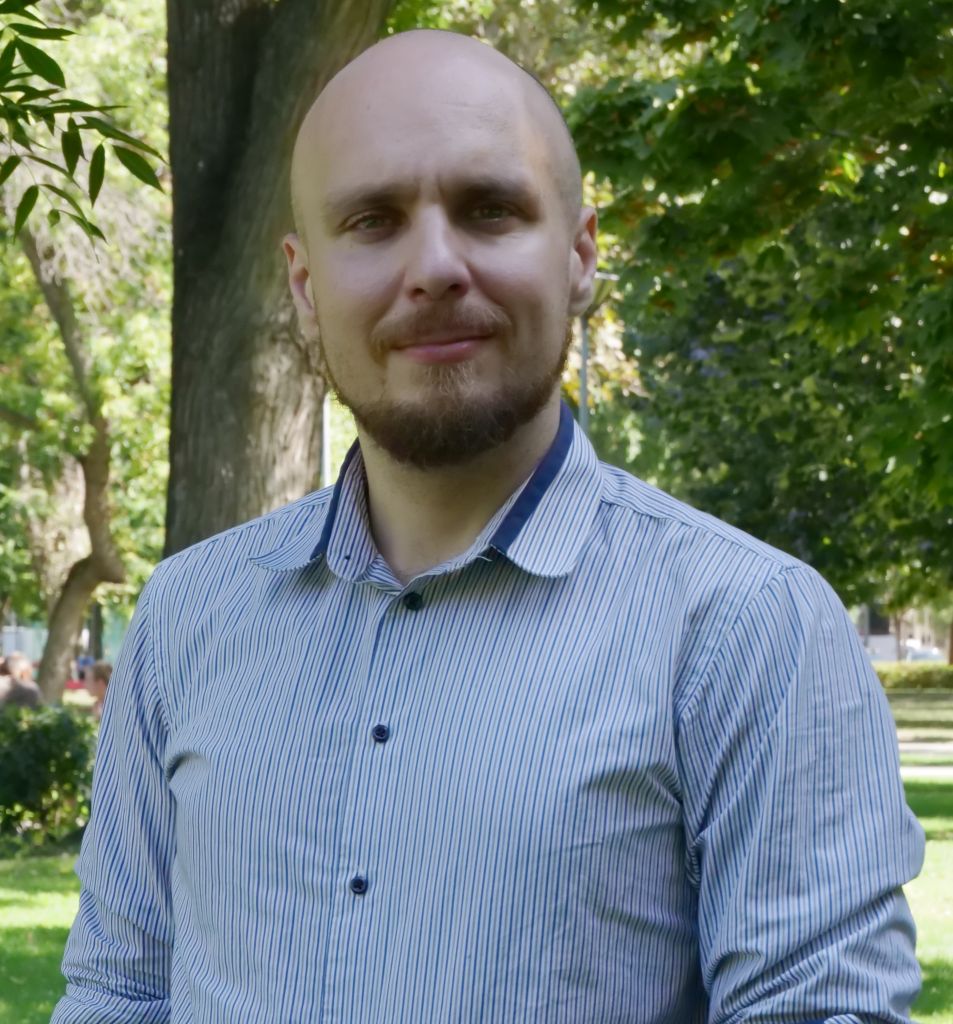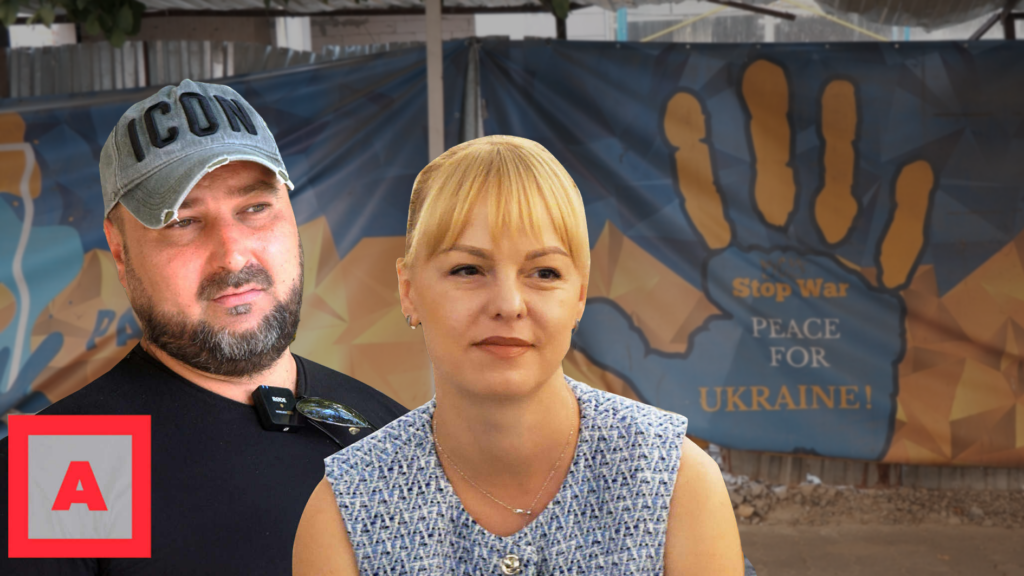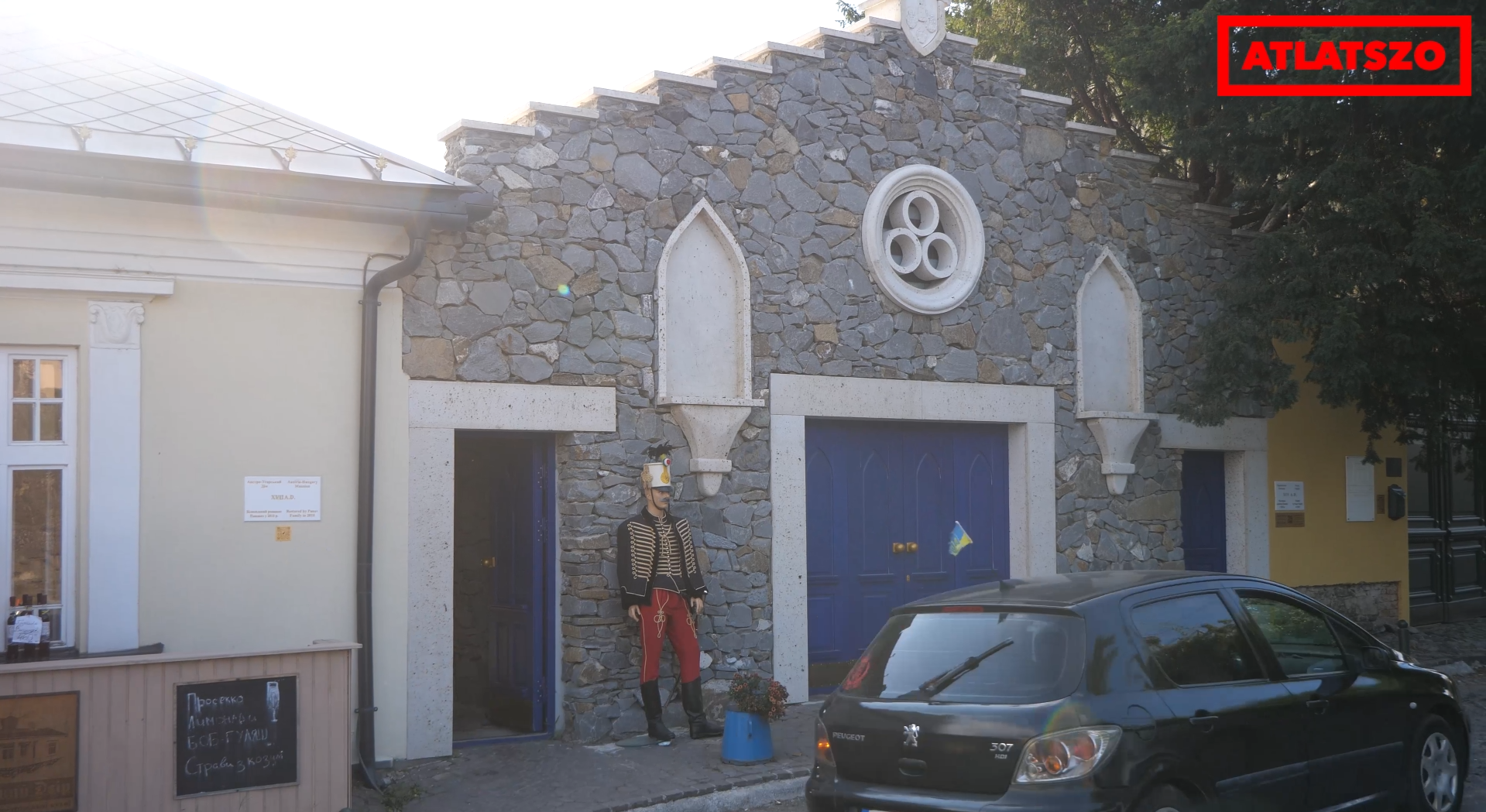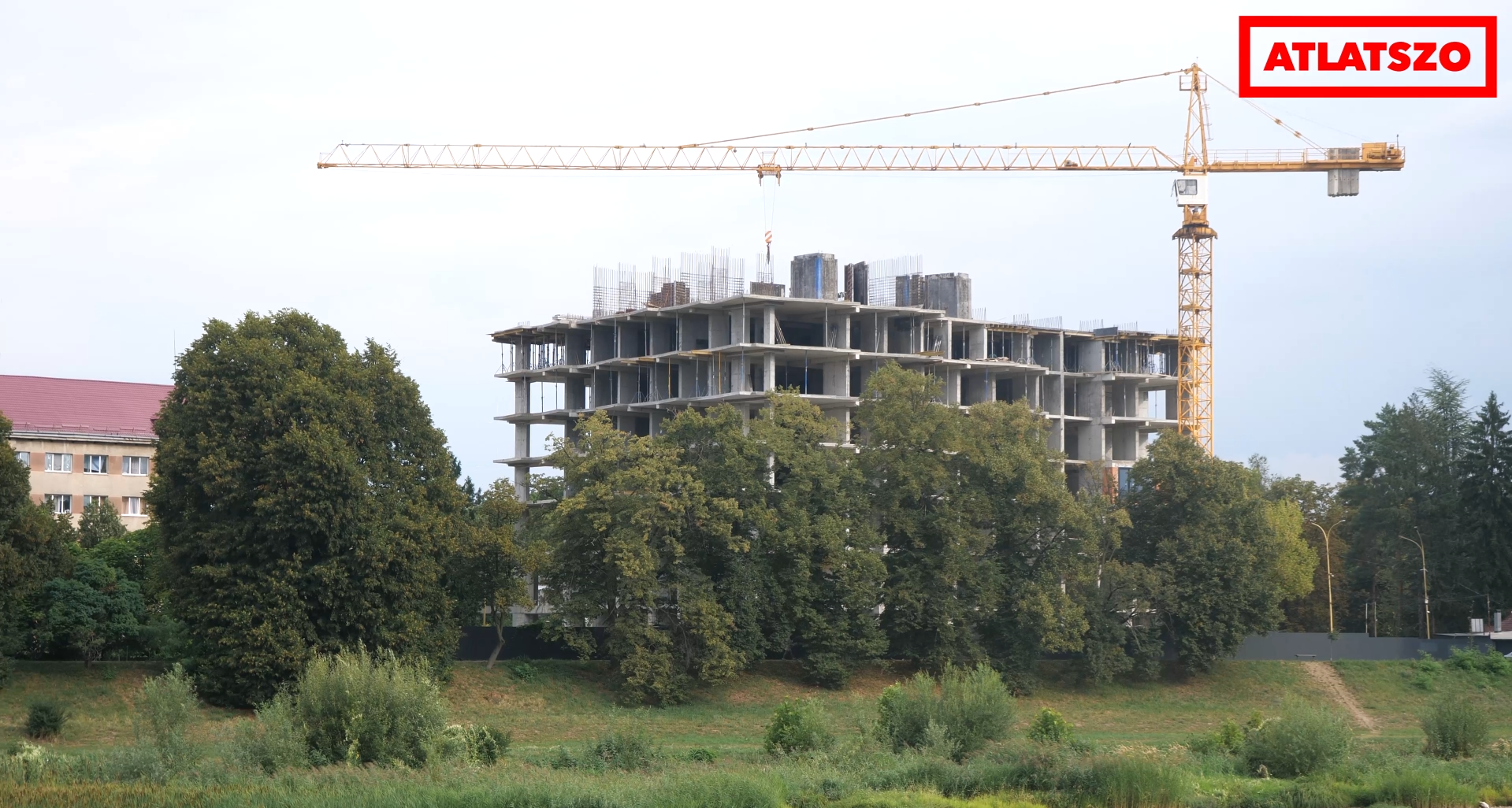The https://english.atlatszo.hu use cookies to track and profile customers such as action tags and pixel tracking on our website to assist our marketing. On our website we use technical, analytical, marketing and preference cookies. These are necessary for our site to work properly and to give us inforamation about how our site is used. See Cookies Policy
“There will be nowhere to return to for those who fled to Transcarpathia to escape the war”
Hundreds of thousands of Ukrainians fled to the border region of Transcarpathia, where the population of small towns such as Uzhhorod doubled in size. As evacuation trains continue to arrive in Uzhhorod, we met volunteers assisting internally displaced people (IDPs) as well as their own neighbors who have been mobilized and are serving on the front.
Transcarpathia is Ukraine’s westernmost region, sharing borders with Hungary, Romania, and Slovakia. It is also one of the most ethnically diverse regions, with significant ethnic Hungarian, Romanian, and Rusyn minorities. Since 2022, this linguistic mix has been joined by the Russian and Ukrainian dialects spoken in Donetsk, Luhansk, Kharkiv, and other regions under fire or occupation.
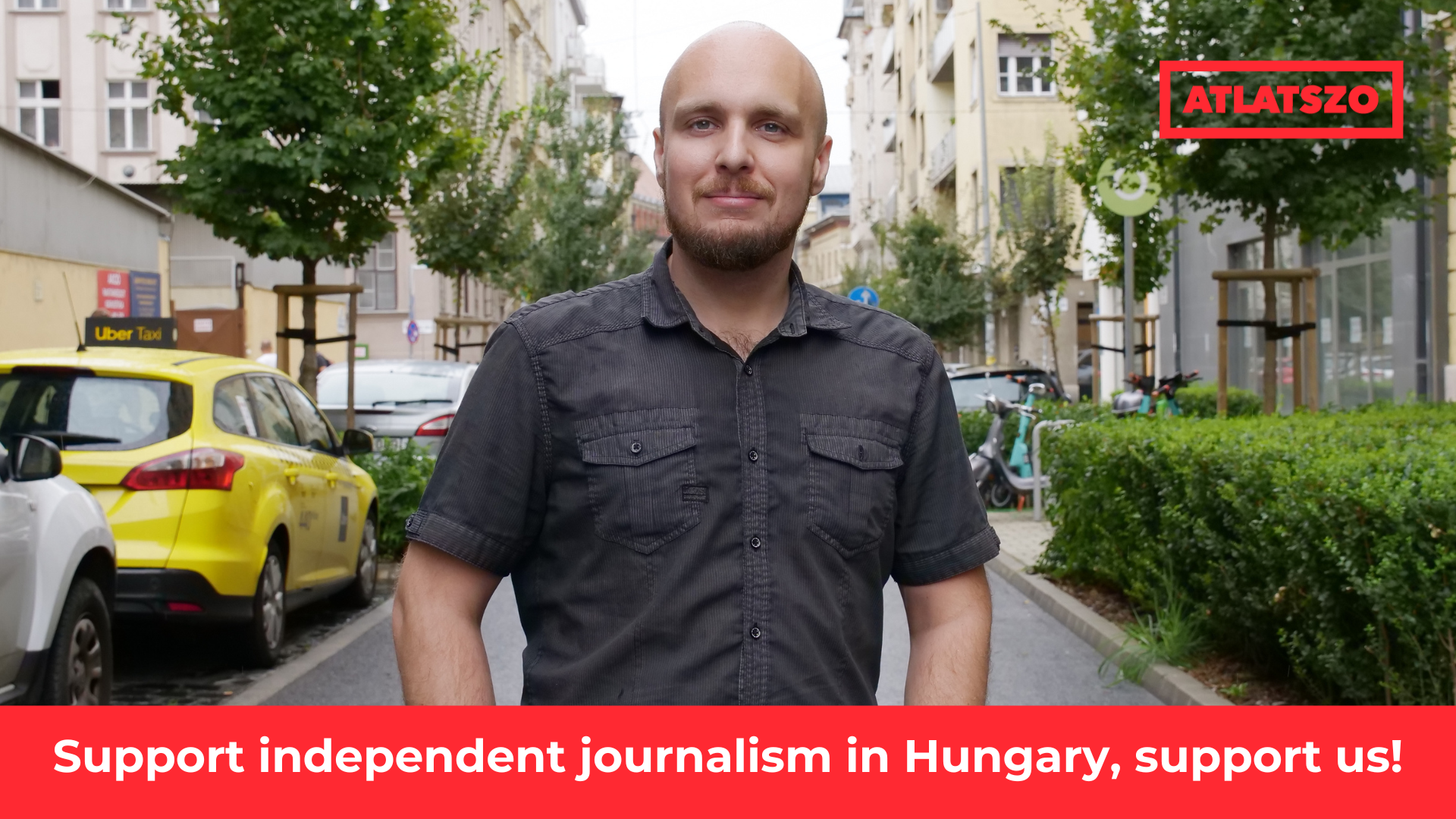
The region has become a hub for IDPs fleeing the war, many of whom are unlikely to return to their former homes even if peace is achieved.
When we visited the Transcarpathian town of Uzhhorod at the end of August, it was easy to see why it is one of the major destinations for displaced people. Walking around the city, it is difficult to believe that we are in a country at war: people stroll calmly along the main street and the promenades by the Uzh River; services, shops, and restaurants are operating. Transcarpathia is also the only Ukrainian region that does not have a nightly curfew. Only a few recruitment posters remind us of the war raging in the east—and the fact that, compared to other large European cities, we see few young men on the streets.
No longer a safe haven
“Many people in Transcarpathia don’t understand that there is a war going on in the country. We look around and see that Transcarpathia is peaceful; there are no tanks,” said Richárd Mihók, a Hungarian history lecturer at Uzhhorod National University (UNU), whom we met in Uzhhorod.
A day after the interview, a Russian missile struck a factory in nearby Mukachevo. This was the first time the region was hit in such an attack, reminding locals that even this border region remains a target for Putin.
Another striking feature of Uzhhorod is the number of construction sites, mainly new apartment buildings. According to Richárd Mihók, these are largely being built for IDPs who have moved here.
In an interview last year, Bohdan Andriy, the mayor of Uzhhorod, said that since 2022 the population of the city—which had 115,000 inhabitants before the war—has grown by more than a third: not only people, but also many businesses have found refuge in Uzhhorod. However, according to locals, the real number may be even higher—they say that accurate data rarely comes from the local government, and they believe that the city’s population may have grown to over 200,000 by now.
Most of the ethnic Hungarian population has been living in rural areas close to the border. In Uzhhorod, they were a minority even before the war: roughly 6% of the population spoke Hungarian as their native language. According to our sources, nearly half of Uzhhorod’s Hungarian minority has left for Hungary since the war.
However, the UNU remains a hub of Hungarian studies. Richárd Mihók, an ethnic Hungarian, said that
the tension between Hungary and Ukraine has little impact on everyday life in Uzhhorod.
As he explained, he does not feel that Ukrainians view his field of study—Hungarian history and language—unfavorably.
The university is also a center of volunteer work, aiding refugees and military servicemen. Kristina Tovt, head of UNU Volunteers—a volunteer organization helping refugees—has been involved in providing care for refugees since the start of the war, as well as collecting donations for soldiers deployed from Uzhhorod.
When the war broke out, the university switched to online classes, originally for security reasons, but also because the first waves of refugees soon arrived in Uzhhorod. Most of them were taken care of by volunteer organizations.
After the arrival of 30,000 refugees, the mayor said that the city could not accommodate any more people.
Since then, however, twice as many people have found a home in Uzhhorod. According to Kristina Tovt, in the early days many people offered their homes, and many were accommodated in university dormitories. “The war has shown that charity and civil society organizations in Ukraine are in a league of their own, capable of incredible things,” said Tovt.
Volunteers estimate that more than 7,000 refugees have stayed in the dormitories—some for just an hour or two, others for a night or two—and there are still some who live there. Currently, the dormitories are mainly occupied by students, although the two groups often overlap—many young people choose universities in Transcarpathia for greater security, as studying gives them the opportunity to be farther from the front lines.
Nowhere to return to
The work of volunteers is still needed, as evacuation trains continue to arrive in the city, mainly from Donetsk, albeit somewhat less frequently and with fewer passengers. Richárd Mihók said that as the front line approaches a settlement, some people leave voluntarily, and then, in a second round, compulsory evacuation begins, with the authorities evacuating everyone because it is no longer possible to protect them.
According to the university lecturer, it is unlikely that the majority of refugees will return to the eastern provinces, even if a ceasefire or peace treaty is signed. Many simply have nowhere to return to: in the cities occupied by the Russians, often only ruins remain. As he said, if peace were to be established today, the border zone between the Russian- and Ukrainian-controlled areas would remain largely uninhabited, if only because employers would be unlikely to settle there. The two sides would not trust each other, and it would be questionable how safe these areas would be in the coming years.
Active since 2014
Civilians continue to play an important role in supplying the Ukrainian Armed Forces as well. Helena Yarceva, one of the leaders of a volunteer organization in Uzhhorod, told Átlátszó that the army command is often slow to respond to soldiers’ needs, leaving civilian donors to collect essential equipment ranging from bandages and camouflage nets to drones.
Yarceva became involved in volunteering through journalism in 2014. Then, she interviewed an elderly woman who was collecting donations—bandages, food, and other supplies—for her son’s unit serving in Donbas. Thousands of people donated, and thousands of packages were collected.
“I thought that if this woman, who was unknown to anyone until then, was able to collect 3 tons of humanitarian aid, then I, who am well known here in Transcarpathia, could do much more,”
said Yarceva, who previously worked for Transcarpathian regional television.
Like many other volunteer groups, the Movement to Support the Transcarpathian Military (Riy) operated as an informal organization during the war in Donbas, but after the full-scale Russian invasion in 2022, it gained many new members and became a registered civil society organization, which now also collects donations from abroad.
Never enough drones
At the organization’s office in Uzhhorod, Yarceva showed us soldiers’ helmets that were sent from the Czech Republic as humanitarian aid at the beginning of the war. As she said, these were sent with the best intentions by Czech civilians, but such old, World War II–style helmets are not very useful in a modern war. Nevertheless, they were put to good use, as students at the Transcarpathian Academy of Arts painted them and sold them as artwork in the United States and Canada, with the proceeds going to support soldiers.
However, most of the organization’s donations still come from Transcarpathia: younger members, mainly students at UNU, collect donations in stores, while older volunteers help make camouflage nets for use on the front lines.
“About 80% of the people currently serving in the Ukrainian army were previously civilians, so they are not professional soldiers. We are helping our neighbors, relatives,” said Yarceva. She added that the scale of mobilization makes fundraising somewhat difficult: a civilian organization is trying to collect equipment in bulk, but those whose relatives are fighting on the front lines often prefer to send packages individually with whatever is needed at the moment.
In 2023, we interviewed volunteers from an organization in Hungary collecting donations for Ukrainian soldiers, as well as their contacts in the military. As they explained, although civilians cannot send weapons and ammunition, a significant portion of non-lethal equipment essential at the front—including hygiene products, bandages, and even small reconnaissance drones—is provided by civilians.
Based on Yarceva’s words, soldiers mostly lack the same equipment as two years ago: there is still a great need for power banks to charge mobile phones, which are essential for keeping in touch with loved ones at home.
In addition, there can never be enough drones: hundreds of drones, including civilian models, are used for reconnaissance or to deliver small explosive charges every day.
The estimated lifespan of a Ukrainian drone on the front line is around eight hours.
The Movement to Support the Transcarpathian Military (Riy) has a special contingent dealing with drones—in addition to assembling and purchasing new drones, they also repair Russian drones collected at the front. “We send them back to the Russians,” said Yarceva. According to Ukrinform, Riy volunteers have delivered about 700 different types of drones to the front so far.
